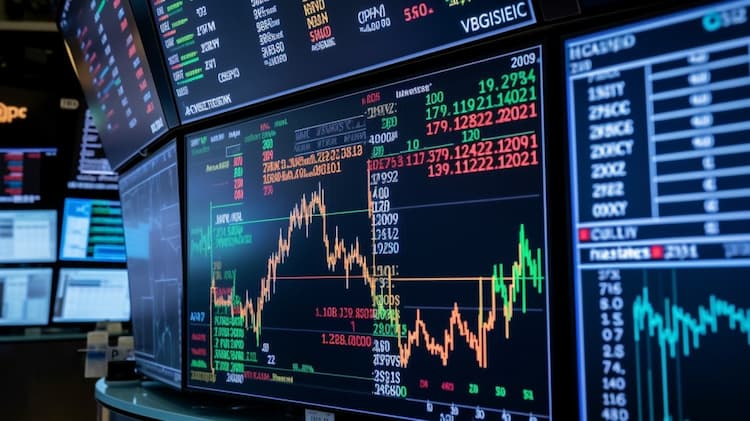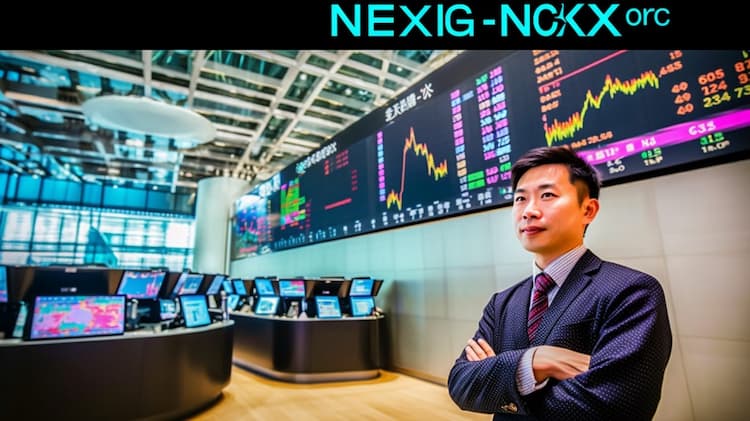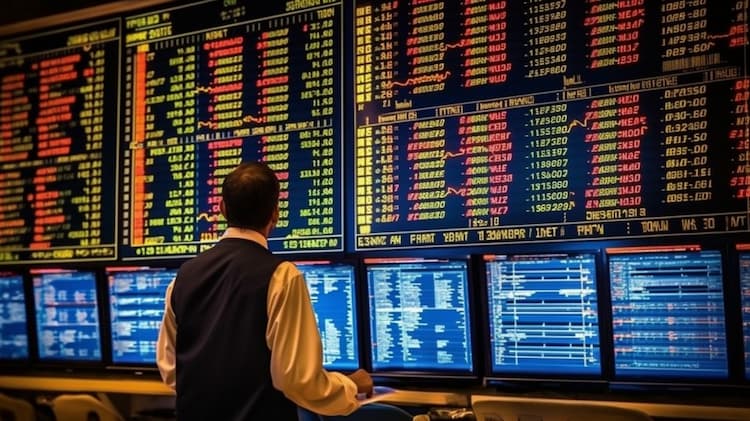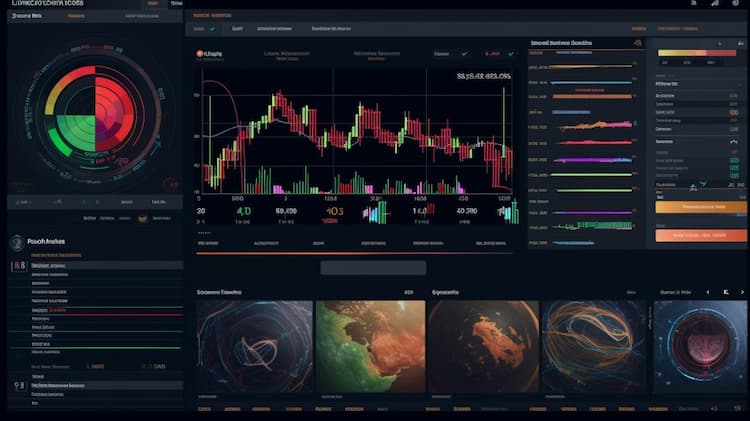
What are the Best European ETFs to Invest in?
When it comes to investing in European exchange-traded funds (ETFs), there are several options available to consider. European ETFs provide investors with exposure to the diverse and dynamic European markets, offering opportunities for diversification and potential growth. These ETFs typically track indexes that represent European equities, bonds, or other assets. While the definition of "best" may vary depending on individual investment goals and preferences, this article explores some of the top European ETFs worth considering for potential investment. Whether you're seeking broad market exposure, specific sector focus, or regional diversification within Europe, the following ETFs can serve as a starting point for building a European-focused investment portfolio.
Understanding the European ETF Market
European ETFs have gained significant popularity among investors looking for exposure to European markets. These exchange-traded funds (ETFs) provide an efficient way to diversify portfolios and capture the performance of European stocks, bonds, and other financial instruments. With a wide range of options available, it's important to identify the best European ETFs that suit your investment goals and risk tolerance.
Comparing iShares Europe ETF (IEV) and SPDR Euro Stoxx 50 ETF (FEZ)
One notable European ETF is the iShares Europe ETF (IEV). This ETF seeks to track the investment results of the S&P Europe 350 Index, which includes large-, mid-, and small-cap European companies. The IEV offers exposure to various sectors across European markets and has a competitive expense ratio.
Another popular option is the SPDR Euro Stoxx 50 ETF (FEZ). This ETF tracks the performance of the Euro Stoxx 50 Index, which consists of 50 blue-chip European stocks from 12 Eurozone countries. The FEZ provides concentrated exposure to the largest and most liquid companies in the Eurozone and has a relatively low expense ratio.
While both ETFs offer exposure to European markets, the choice between them depends on specific investment objectives, risk appetite, and desired geographic diversification. Investors seeking broader exposure to European companies across market capitalizations may prefer the IEV, while those looking for exposure to the largest companies in the Eurozone may opt for the FEZ.
 IEV,FEZ,VGK overlap What are the Best European ETFs to Invest in?
IEV,FEZ,VGK overlap What are the Best European ETFs to Invest in?
What Factors Should Investors Consider when Choosing European ETFs?
When selecting European ETFs, it's essential to consider several factors:
Index Composition: Evaluate the index that the ETF tracks. Look for a well-diversified index that aligns with your investment goals.
Expense Ratio: Consider the expense ratio, which represents the fund's annual operating expenses as a percentage of its assets. Lower expense ratios can contribute to higher investment returns over the long term.
Liquidity: Ensure that the ETF has sufficient liquidity, as this can impact trading costs and ease of buying or selling shares.
Performance and Risk: Evaluate the historical performance of the ETF and assess its risk characteristics, including volatility and downside protection.
How Can European ETFs Enhance Portfolio Diversification?
European ETFs can play a crucial role in diversifying investment portfolios. By adding exposure to European markets, investors can reduce concentration risk and take advantage of opportunities in various sectors and regions. Furthermore, European ETFs can provide exposure to companies that may not be available through domestic investments, potentially enhancing overall portfolio diversification.
The Future of European ETFs
As the European ETF market continues to evolve, investors can expect to see new ETF offerings and innovative strategies. The demand for sustainable investing and thematic ETFs is likely to increase, providing investors with additional options to align their investments with specific themes or causes.
In conclusion, when seeking the best European ETFs, investors should carefully consider their investment objectives, risk tolerance, and desired exposure. Conducting thorough research, analyzing the index composition, expense ratios, liquidity, performance, and risk characteristics can help investors make informed decisions about which European ETFs best suit their needs.
Disclaimer: This article is for informational purposes only and does not provide any investment advisory services.
Sources:
iShares Europe ETF (IEV):
SPDR Euro Stoxx 50 ETF (FEZ):
"Exchange-Traded Fund (ETF)" - Investopedia:
"European ETFs" - Investopedia:
FAQ
What are European ETFs?
European ETFs are exchange-traded funds that focus on investing in companies or assets located within Europe. These ETFs provide investors with exposure to European markets and can include a range of sectors and asset classes.
What are some popular European ETFs?
Some popular European ETFs include:
What types of companies or assets do European ETFs include?
European ETFs can include companies from various sectors such as financials, technology, healthcare, consumer goods, and more. Additionally, some European ETFs may focus on specific regions or countries within Europe, providing targeted exposure.
What are the advantages of investing in European ETFs?
Investing in European ETFs offers diversification across European markets, allows for potential growth opportunities, provides exposure to companies in various sectors, and offers ease of trading on stock exchanges.
How can I invest in European ETFs?
To invest in European ETFs, you can open an account with a brokerage firm that offers access to international markets. Online brokerage platforms often provide options to invest in European ETFs, and you can buy shares of specific ETFs using their respective ticker symbols.
































